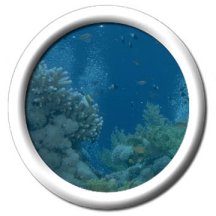Can you tell the difference between the corals and the plants? Look closely!
Click on image for full size
Windows Original, adapted from Corel Photography
Cnidarians
Cnidarians are animals with stinging cells called cnidoblasts. This includes corals, jellyfish and anemones. Cnidarians do not have a head, and commonly look like a flower. The petals are actually tentacles which contain the cnidoblasts. There are over 9000 species living today.
Corals are often mistaken to be plants. In reality, there are both soft and hard corals, but all of them are animals. Hard corals form coral reefs, which serve as a home for many sea creatures. Without them, many marine animals would become extinct. Hard corals have two parts: a hard outer shell called a corallite, and soft tissues called polyps. Corals are so pretty that some people make reef aquariums.
Jellyfish are different from corals in that they can move around in the water. The typical jellyfish has a round, bowl-shaped top with tentacles handing down. Although they are very pretty, jellyfish should be avoided because their stings can be very dangerous. They come in a range of sizes, from a few inches to 3 feet.
You might also be interested in:

After many years of damage, scientists report that coral reefs in several parts of the world have started to recover during 2002! The reefs with improving health are located in areas that are protected
...more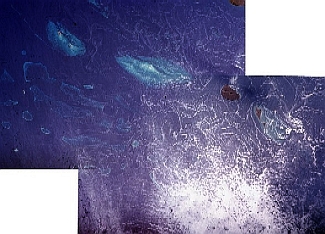
Take a look at this picture! The light blue parts are coral reefs just under the surface of the Red Sea. The crew of the International Space Station (ISS) took the picture on May 20, 2003 as they looked
...more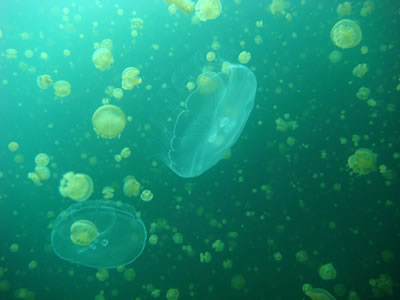
Huge swarms of stinging jellyfish and jellyfish-like animals are turning parts of the world's ocean into "jellytoriums" that are sometimes jam-packed with these slimy creatures. Areas that are
...more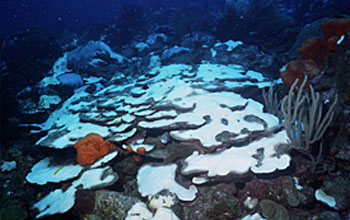
The Caribbean Sea is usually a warm place, but during 2005 it became much warmer than normal. The extra heat put corals in extreme danger. Now scientists have figured out how some corals survived the event
...more
Jupiter's atmospheric environment is one of strong gravity, high pressure, strong winds, from 225 miles per hour to 1000 miles per hour, and cold temperatures of -270 degrees to +32 degrees (freezing temperature).
...more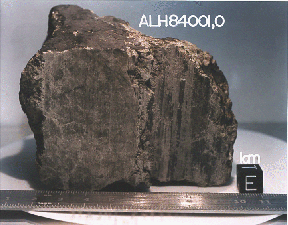
In July, 1996, it was announced that Dr. David McKay, along with a team of scientists at Johnson Space Center (a division of NASA), had discovered possible fossils of bacteria in a meteorite named ALH84
...more
Saturn's atmospheric environment is one of strong gravity, high pressure, strong winds, from 225 miles per hour to 1000 miles per hour, and cold temperatures of -270 degrees to +80 degrees. With winds
...more


